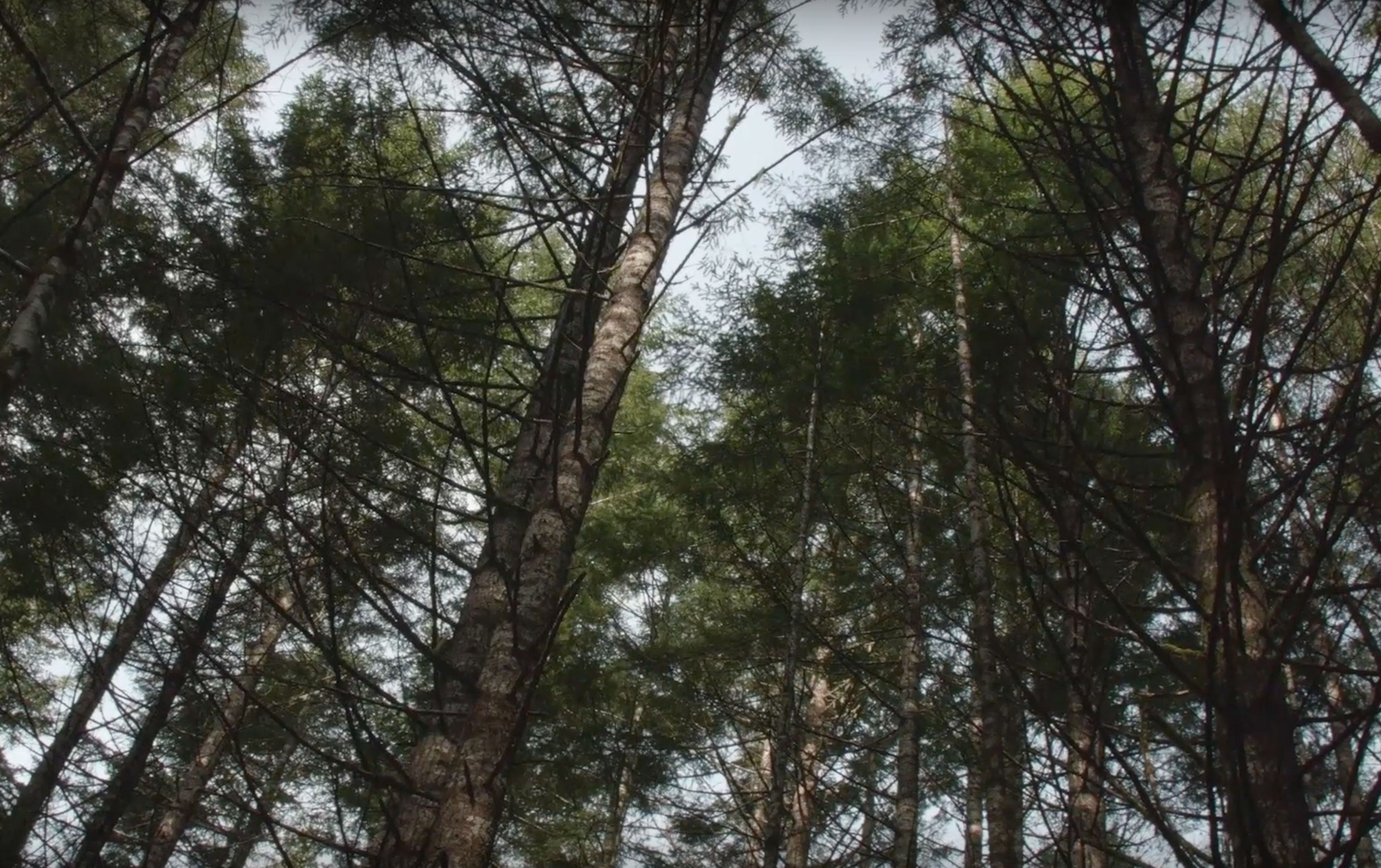 In environmental science, the H.J. Andrews Forest is a place of beginnings. It’s here that researchers monitor the heartbeat of aging trees, leading to new understanding for the term “old growth.” It’s where studies of an obscure owl shape forest policy, trickling streams become windows on abrupt and sudden events and scientists prod, poke and measure trees like doctors in the emergency room.
In environmental science, the H.J. Andrews Forest is a place of beginnings. It’s here that researchers monitor the heartbeat of aging trees, leading to new understanding for the term “old growth.” It’s where studies of an obscure owl shape forest policy, trickling streams become windows on abrupt and sudden events and scientists prod, poke and measure trees like doctors in the emergency room.
But this mountainous watershed in the Willamette National Forest is more subject than patient. It seethes with life. The trees — Douglas-fir, hemlock, cedar, maple and alder — abound from valley bottom and steep slope to mountain top. They span generations through time. Even in death, they feed fungi, ferns and myriad life forms. They build soil and habitat on land that remembers flood, drought, ice and fire.
“… dry needles the color of old pennies rain steadily down, ticking against my jacket.”
— Scott Russell Sanders
For more than 65 years, scientists have looked within and below these trees to discern the diversity in soil, needle, stream and canopy. They study the chemistry of carbon flows and the timing of bud break and bird call. In 1999, science writer Jon Luoma told the story of this rigorous enterprise in his book, The Hidden Forest.
Since then, other observers — poets, writers, essayists — have been recording personal perceptions of the Andrews. As participants in the Long Term Ecological Reflections program, these observers set out on mountain trails, research plots and stream banks. The program, a partnership between the U.S. Forest Service and the Spring Creek Project for Ideas, Nature and the Written Word at Oregon State University, aims is to keep writers coming to the Andrews for 200 years to create an enduring record of this place.
“Beneath us this place is seething with growth, the microfilaments of life passing around and across one another, an entire force that is feeding the future….”
—Linda Hogan
Some of the entries from the first decade have now been compiled in an anthology, Forest Under Story. If scientists reveal how a place works, writers add narratives that show why the science matters and how human experience enriches the collective story. Writers connect people with the land, with the sunlight that filters through hemlock needles, with the spider whose web spans boulders in a stream, with the lichen that litters the ground where it has fallen from high in the canopy.
For those of us who already have intimate connections to the woods, these voices may feel like kindred spirits. There may be few surprises here. But for the rest of us, whose relationship to the forest is that of the transient visitor, this volume offers a chance to see a place with new eyes. There is hope and mystery and beauty and inspiration in these recordings of days spent along streams, in shade and silence, around the paraphernalia of a research plot. These writers offer observations about how a place of complex natural beauty and human endeavor can resonate with our souls.
“The audacity of the Long Term Ecological Reflections projects makes me grin. To set out to compile, over a span of two hundred years, an unbroken chronicle of creating responses to the forest?”
— Kathleen Dean Moore
Despite being a place for vacations and relaxation, the forest is not always an easy place to know. “Can’t enter the woods directly. Too dense, too many snags. Cultural clutter. Overcrowded mind,” writes John R. Campbell in “Scope: Ten Small Essays.” Thus the challenge, to sort through what we see, what we carry and what we think and instead, to look with youthful perspective, to listen without judging. The writers suggest that we learn by listening to water, to the fog that envelopes tree tops or to the sheer silence. Other animals have lessons to teach: an owl snatching a mouse for a meal, a salamander laying eggs in a hollow rotting Douglas-fir log.
Framing these observations are brief updates on the science — sections titled “Groundwork” — presenting such topics as old growth, decomposition, disturbance, forest practices, water and soundscape. Luminous black and white photos evoke the sensuous shape of the land and the earthy smell of rotting wood.
“Knowing something of the work that goes on here elevates the place, in my mind, to something that approaches the sacred…. Could it be that out of the turbulence of the times that coincide with the Long-Term Ecological Research, all those atomized data will appear suddenly emergent as a living whole? We can only wait and witness.”
— Freeman House
Forest Under Story, Creative Inquiry in an Old-Growth Forest was published by University of Washington Press and edited by Nathaniel Brodie, a freelance writer; Charles Goodrich, poet and director of the Spring Creek Project; and Fred Swanson, research geologist emeritus with the Pacific Northwest Research Station of the U.S. Forest Service.
It is available through the University of Washington Press.
